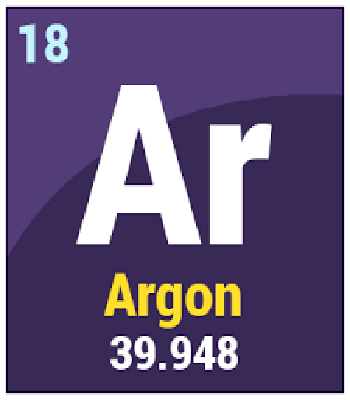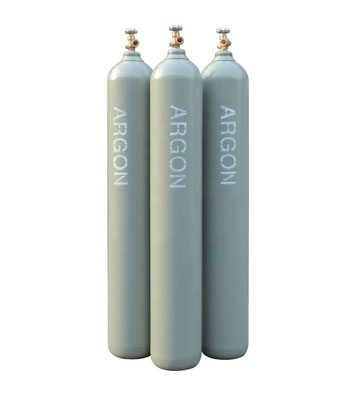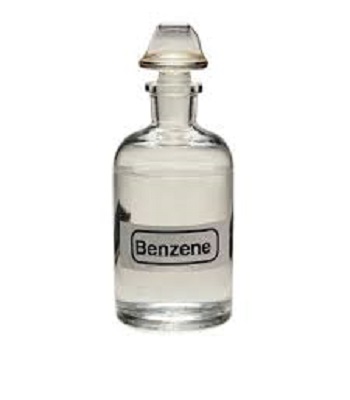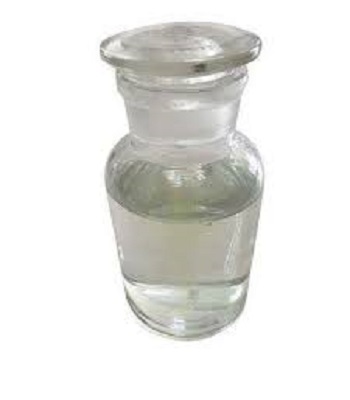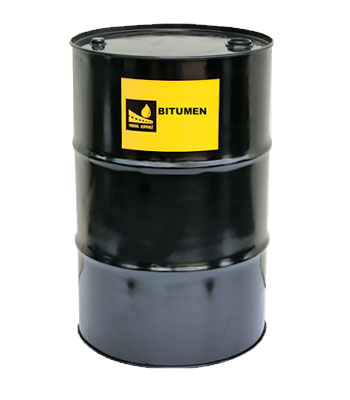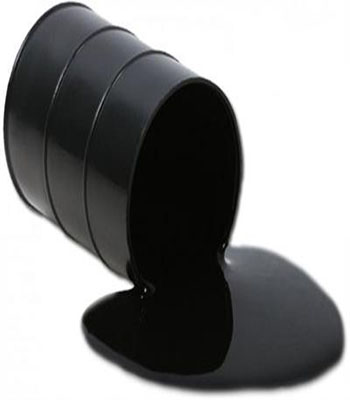ARGON Gas
$0.00Argon is a chemical element with the symbol Ar and atomic number 18. It is in group 18 of the periodic table and is a noble gas. Argon is the third-most abundant gas in the Earth’s atmosphere, at 0.934%.
Argon Gas
$0.00Argon is a chemical element with symbol Ar and atomic number 18. It is in group 18 of the periodic table and is a noble gas.[3] Argon is the third most common gas in the Earth’s atmosphere, at 0.93% (9,300 ppm), making it approximately 23.8 times as abundant as the next most common atmospheric gas, carbon dioxide (390 ppm), and more than 500 times as abundant as the next most common noble gas, neon (18 ppm). Nearly all of this argon is radiogenic argon-40 derived from the decay of potassium-40 in the Earth’s crust. In the universe, argon-36 is by far the most common argon isotope, being the preferred argon isotope produced by stellar nucleosynthesis in supernovas.
ARGON Gas
$0.00Argon is a chemical element with the symbol Ar and atomic number 18. It is in group 18 of the periodic table and is a noble gas. Argon is the third-most abundant gas in the Earth’s atmosphere, at 0.934%.
Argon Gas
$0.00Argon is a chemical element with symbol Ar and atomic number 18. It is in group 18 of the periodic table and is a noble gas.[3] Argon is the third most common gas in the Earth’s atmosphere, at 0.93% (9,300 ppm), making it approximately 23.8 times as abundant as the next most common atmospheric gas, carbon dioxide (390 ppm), and more than 500 times as abundant as the next most common noble gas, neon (18 ppm). Nearly all of this argon is radiogenic argon-40 derived from the decay of potassium-40 in the Earth’s crust. In the universe, argon-36 is by far the most common argon isotope, being the preferred argon isotope produced by stellar nucleosynthesis in supernovas.
ARGON Gas
$0.00Argon is a chemical element with the symbol Ar and atomic number 18. It is in group 18 of the periodic table and is a noble gas. Argon is the third-most abundant gas in the Earth’s atmosphere, at 0.934%.
Argon Gas
$0.00Argon is a chemical element with symbol Ar and atomic number 18. It is in group 18 of the periodic table and is a noble gas.[3] Argon is the third most common gas in the Earth’s atmosphere, at 0.93% (9,300 ppm), making it approximately 23.8 times as abundant as the next most common atmospheric gas, carbon dioxide (390 ppm), and more than 500 times as abundant as the next most common noble gas, neon (18 ppm). Nearly all of this argon is radiogenic argon-40 derived from the decay of potassium-40 in the Earth’s crust. In the universe, argon-36 is by far the most common argon isotope, being the preferred argon isotope produced by stellar nucleosynthesis in supernovas.
Benzene
$0.00DESCRIPTION
Benzene (cyclohexa-1, 3) is the basis of a group of hydrocarbons referred to as “aromatics”. It is a clear colorless liquid, with a characteristic aromatic smell. Benzene is produced worldwide in substantial quantities, and because it is very easy to transport by ship, it is traded internationally.
Benzene
$0.00DESCRIPTION
Benzene (cyclohexa-1, 3) is the basis of a group of hydrocarbons referred to as “aromatics”. It is a clear colorless liquid, with a characteristic aromatic smell. Benzene is produced worldwide in substantial quantities, and because it is very easy to transport by ship, it is traded internationally.
Benzene
$0.00DESCRIPTION
Benzene (cyclohexa-1, 3) is the basis of a group of hydrocarbons referred to as “aromatics”. It is a clear colorless liquid, with a characteristic aromatic smell. Benzene is produced worldwide in substantial quantities, and because it is very easy to transport by ship, it is traded internationally.
Benzene-Hydrocarbons
$0.00Benzene is a chemical that is a colorless or light yellow liquid at room temperature. It has a sweet odor and is highly flammable. Benzene evaporates into the air very quickly. Its vapor is heavier than air and may sink into low-lying areas. Benzene dissolves only slightly in water and will float on top of water.
Benzene-Hydrocarbons
$0.00Benzene is a chemical that is a colorless or light yellow liquid at room temperature. It has a sweet odor and is highly flammable. Benzene evaporates into the air very quickly. Its vapor is heavier than air and may sink into low-lying areas. Benzene dissolves only slightly in water and will float on top of water.
Benzene-Hydrocarbons
$0.00Benzene is a chemical that is a colorless or light yellow liquid at room temperature. It has a sweet odor and is highly flammable. Benzene evaporates into the air very quickly. Its vapor is heavier than air and may sink into low-lying areas. Benzene dissolves only slightly in water and will float on top of water.
Benzene-Hydrocarbons
$0.00Benzene is a chemical that is a colorless or light yellow liquid at room temperature. It has a sweet odor and is highly flammable. Benzene evaporates into the air very quickly. Its vapor is heavier than air and may sink into low-lying areas. Benzene dissolves only slightly in water and will float on top of water.
Benzene-Hydrocarbons
$0.00Benzene is a chemical that is a colorless or light yellow liquid at room temperature. It has a sweet odor and is highly flammable. Benzene evaporates into the air very quickly. Its vapor is heavier than air and may sink into low-lying areas. Benzene dissolves only slightly in water and will float on top of water.
Benzene-Hydrocarbons
$0.00Benzene is a chemical that is a colorless or light yellow liquid at room temperature. It has a sweet odor and is highly flammable. Benzene evaporates into the air very quickly. Its vapor is heavier than air and may sink into low-lying areas. Benzene dissolves only slightly in water and will float on top of water.
Bitumen – Tar
$0.00The degree of penetration of bitumen provided by the company is pure petroleum bitumen, which is produced by passing hot air through the raw material of vacuum baton. Bitumen is produced from crude oil residues after breaking down and eliminating its hydrocarbons.
Bitumen – Tar
$0.00The degree of penetration of bitumen provided by the company is pure petroleum bitumen, which is produced by passing hot air through the raw material of vacuum baton. Bitumen is produced from crude oil residues after breaking down and eliminating its hydrocarbons.
Bitumen – Tar
$0.00The degree of penetration of bitumen provided by the company is pure petroleum bitumen, which is produced by passing hot air through the raw material of vacuum baton. Bitumen is produced from crude oil residues after breaking down and eliminating its hydrocarbons.
BITUMEN 40-50 Penetration Grade
$0.00Penetration Grade Bitumen is a standard bitumen usually used as a Paving Grade Bitumen essential for road construction and for the production of asphalt pavements with superior properties, and it’s very important once it bounds the aggregates and creates a unique cohesion and stability to the bituminous mix.
BITUMEN 40-50 Penetration Grade
$0.00Penetration Grade Bitumen is a standard bitumen usually used as a Paving Grade Bitumen essential for road construction and for the production of asphalt pavements with superior properties, and it’s very important once it bounds the aggregates and creates a unique cohesion and stability to the bituminous mix.
BITUMEN 40-50 Penetration Grade
$0.00Penetration Grade Bitumen is a standard bitumen usually used as a Paving Grade Bitumen essential for road construction and for the production of asphalt pavements with superior properties, and it’s very important once it bounds the aggregates and creates a unique cohesion and stability to the bituminous mix.
BITUMEN 40/50 Penetration Grade
$0.00Bitumen 40/50 is a penetration grade bitumen means the penetration value is in the range 40 to 50 at standard test conditions which commonly used as a Paving Grade. This bitumen is petroleum grade bitumen, produced from fractional distillation of crude oil and vacuum residue (short residue) feedstock. Bitumen 40/50 is applicable for the production of hot mix asphalt for bases and pavements and for road.it is used in tropical areas.
BITUMEN 40/50 Penetration Grade
$0.00Bitumen 40/50 is a penetration grade bitumen means the penetration value is in the range 40 to 50 at standard test conditions which commonly used as a Paving Grade. This bitumen is petroleum grade bitumen, produced from fractional distillation of crude oil and vacuum residue (short residue) feedstock. Bitumen 40/50 is applicable for the production of hot mix asphalt for bases and pavements and for road.it is used in tropical areas.
BITUMEN 40/50 Penetration Grade
$0.00Bitumen 40/50 is a penetration grade bitumen means the penetration value is in the range 40 to 50 at standard test conditions which commonly used as a Paving Grade. This bitumen is petroleum grade bitumen, produced from fractional distillation of crude oil and vacuum residue (short residue) feedstock. Bitumen 40/50 is applicable for the production of hot mix asphalt for bases and pavements and for road.it is used in tropical areas.



